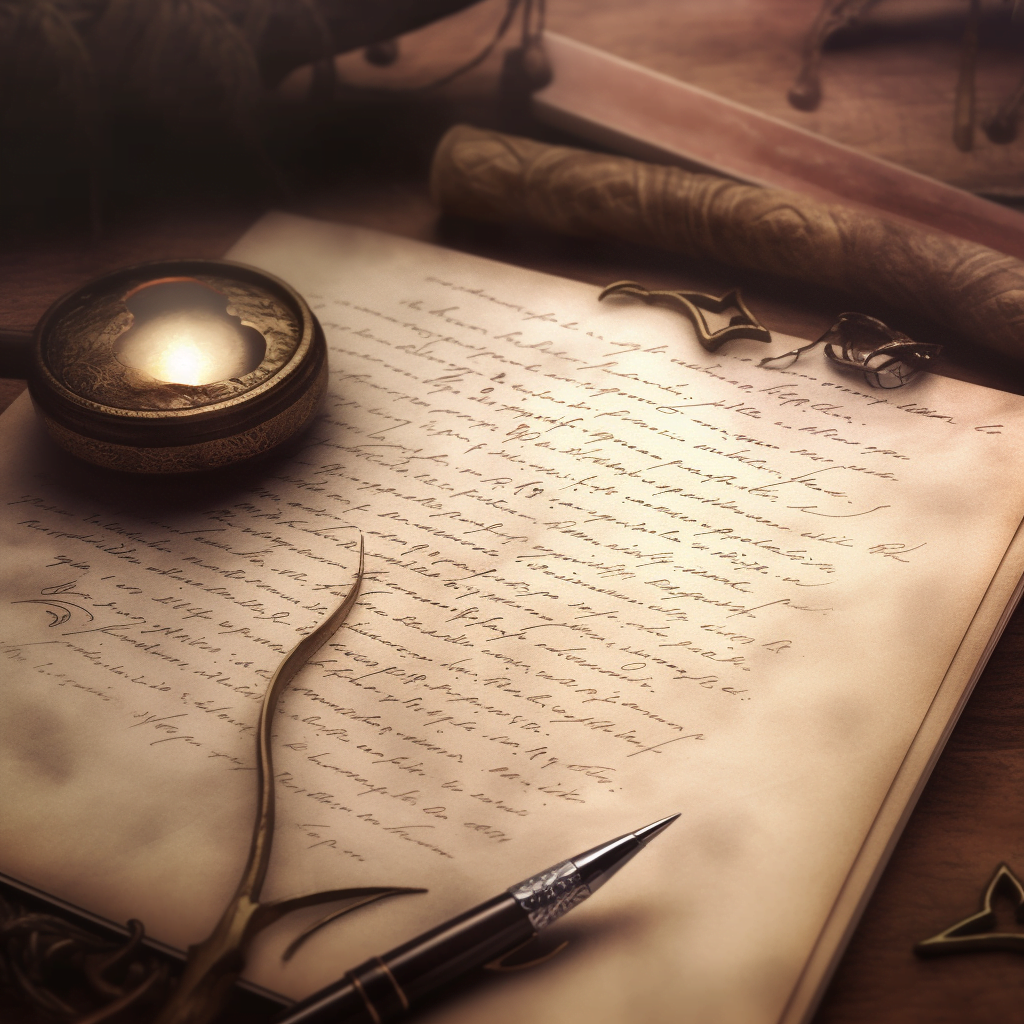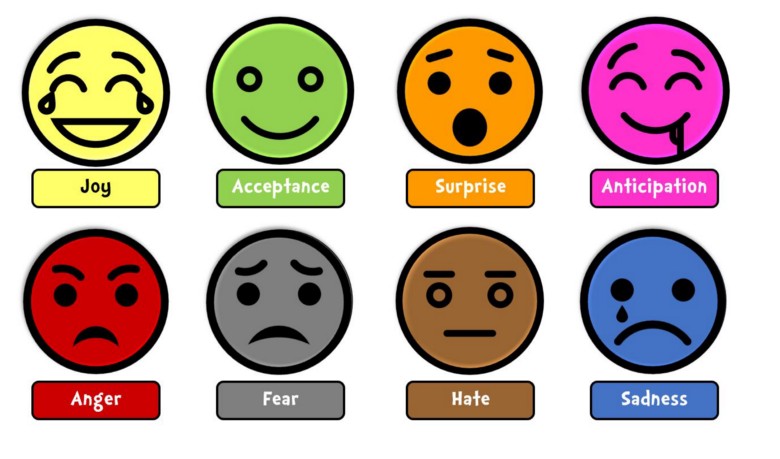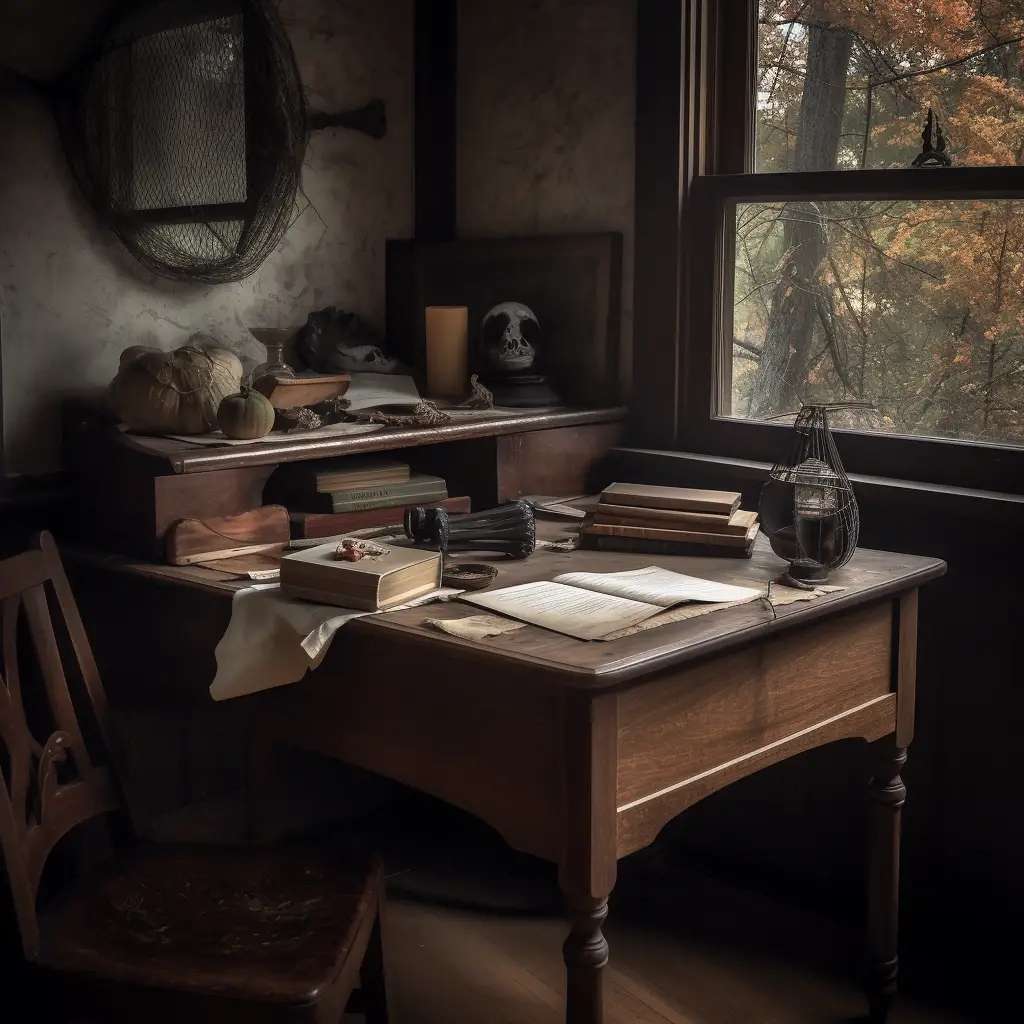
A flashback is a literary device that takes the reader back in time to a scene that happened before the current point in the story. It‘s a great way to fill in details that add depth to the narrative. Plus, it‘s a nice excuse to throw in some unnecessary “Back to the Future“ references.
Why Use a Flashback in Writing?
Flashbacks can serve several purposes in a story. Some of the key reasons to use them include:
- Character development: Flashbacks can offer insights into a character’s past, revealing important events, relationships, or decisions that have shaped them. It’s like taking a peek at your favorite superhero’s origin story.
- Building suspense: Sometimes, flashbacks are used to create a sense of mystery or suspense by withholding key information until the right moment. It’s like a magician keeping their best trick a secret until the end of the show.
- Foreshadowing: A well-crafted flashback can hint at future events, adding a touch of dramatic irony to the narrative. Imagine if Romeo and Juliet had a flashback showing their first encounter at the Capulet ball – talk about a hint of things to come!
- Contrast: Flashbacks can highlight the differences between past and present, emphasizing how much a character or situation has changed. It’s like looking at your old high school yearbook and realizing how much has changed since then.
Flashbacks: A Step-by-Step Guide to Creating Them
Writing a successful flashback can be as easy as following these simple steps:
- Identify the purpose: Determine why the flashback is necessary for the story. Ensure that it adds value, whether by developing characters, creating suspense, foreshadowing, or emphasizing contrast.
- Choose the right moment: Insert the flashback at an appropriate point in the narrative, ideally when the reader’s curiosity is piqued, or the information is relevant. It’s like finding the perfect time to reveal a secret during a game of “Two Truths and a Lie.”
- Transition smoothly: Use clear and effective transitions to guide the reader between the present and the flashback. This can be achieved through a change in tense, a character’s thoughts, or a physical object that triggers the memory. Picture it like stepping through a time-traveling door.
- Keep it focused: Ensure the flashback remains concise and focused on the essential details. Avoid including unnecessary information that could confuse or bore the reader. It’s like trimming the fat from a juicy steak – only keep the best bits.
- Return to the present: Conclude the flashback and bring the reader back to the present, ideally with a smooth transition. Make sure the flashback has a clear impact on the current narrative, tying the two together. It’s like returning from a time-traveling adventure, ready to apply newfound knowledge.
Examples of Flashbacks in Literature
To better understand flashbacks, let’s take a look at some famous examples from literature:
- To Kill a Mockingbird by Harper Lee: This classic novel is narrated by Scout Finch, who often recalls past events that took place during her childhood. One notable flashback occurs when Scout remembers how her brother, Jem, broke his arm – a pivotal moment that sets the stage for the entire story.
- Slaughterhouse-Five by Kurt Vonnegut: The protagonist, Billy Pilgrim, becomes “unstuck in time” and experiences different periods of his life in a non-linear fashion. Through these flashbacks, readers gain insights into his experiences as a prisoner of war and a witness to the bombing of Dresden.
- Wuthering Heights by Emily Brontë: Most of the novel is narrated through flashbacks, as the housekeeper Nelly Dean recounts the history of the Earnshaw and Linton families to the visitor, Mr. Lockwood. These flashbacks provide readers with a deeper understanding of the characters’ motivations and the novel’s tragic events.
Flashbacks are a powerful literary device that can add depth, suspense, and intrigue to a story. By understanding their purpose, choosing the right moment, transitioning smoothly, keeping the flashback focused, and returning to the present, writers can create engaging and effective flashbacks that captivate readers.
And remember, while time travel might still be the stuff of science fiction, a well-crafted flashback can transport readers to the past, revealing hidden depths and adding a touch of magic to any narrative.
Tips for Writing Effective Flashbacks
To make flashbacks really shine, consider these helpful tips:
- Maintain consistency: Ensure that the tone, voice, and style of the flashback are consistent with the rest of the story. It’s like ensuring all the pieces of a puzzle fit together seamlessly.
- Keep it brief: While it’s essential to provide enough detail, avoid making the flashback too lengthy, as it might disrupt the story’s pace. It’s like taking a quick detour during a road trip – enjoy the view, but don’t linger too long.
- Show, don’t tell: Use vivid descriptions, emotions, and actions to immerse the reader in the flashback. It’s like painting a vivid picture with words, allowing readers to experience the past alongside the characters.
- Make it relevant: Ensure the flashback adds value to the story, either by revealing character motivations, providing essential background information, or setting up future events. It’s like adding a key ingredient to a recipe – it should enhance the overall flavor.
- Be mindful of pacing: While flashbacks can add depth to a story, overusing them might disrupt the narrative flow. Use them judiciously, like a sprinkle of spices, to enhance the story without overwhelming the reader.
For more professional tips on how to write flashbacks, check out the Masterclass or the Self-publishing School‘s advice articles.
Flashback Pitfalls to Avoid
When using flashbacks, it’s important to avoid these common pitfalls:
- Overloading with information: Don’t use flashbacks as an excuse to dump a lot of background information on the reader. It’s like serving a giant plate of food – too much at once can be overwhelming.
- Confusing the reader: Ensure that transitions between the present and the flashback are clear and easy to follow. It’s like providing a map for a journey – make sure the reader knows where they’re going.
- Using flashbacks as a crutch: Relying too heavily on flashbacks can be a sign of weak storytelling. Flashbacks should enhance the story, not replace the need for a well-structured narrative. It’s like using training wheels on a bike – eventually, the story should stand on its own.
Flashbacks in Different Genres
The use of flashbacks varies greatly across different literary genres, each employing this device to serve unique narrative purposes.
In Mystery or Thriller novels, flashbacks can provide vital clues that add up to the bigger picture of the plot. They’re often used to hint at a character’s hidden past or reveal significant events that explain the current mysterious circumstances. For instance, in a detective story, a flashback might reveal a snippet of an unsolved crime, giving readers a clue while deepening the plot’s enigma.
In Romance novels, flashbacks often serve to build emotional depth and establish a character’s relationships. For instance, a flashback might take the reader back to the moment when two characters first met, establishing the roots of their love story and making their relationship more believable and compelling.
Historical Fiction makes excellent use of flashbacks to bring historical events to life or offer insights into a character’s past life. By transporting the reader back in time, the author can paint a vivid picture of a bygone era, tying it to the character’s present predicament.
Science Fiction and Fantasy genres use flashbacks to elucidate complex world-building or a character’s special abilities. By giving glimpses of the past, authors can convey the rules of their imaginary universe or a character’s origin story without overwhelming the reader with information.
Therefore, understanding how to utilize flashbacks effectively in different genres can add nuance to your writing and enhance your storytelling prowess.
Comparing Flashbacks vs Foreshadowing
Flashbacks and foreshadowing are powerful narrative techniques that play with the chronological flow of a story, but they fulfill distinct roles and evoke contrasting effects.
A flashback transports the reader back in time, offering a glimpse into past events that have shaped the present narrative or character development. As discussed earlier, flashbacks can reveal crucial backstory, offer insight into a character’s motives, or explain the origin of a particular circumstance. They enable readers to better understand the current story context, enriching their reading experience.
On the other hand, foreshadowing hints at future events in the story. It is a way of planting clues or building up anticipation about what’s going to happen next. The primary purpose of foreshadowing is to create suspense, tension, or prepare the reader for a plot twist. Unlike flashbacks, foreshadowing doesn’t change the narrative timeline but rather drops subtle hints about future events.
In essence, while flashbacks deepen the reader’s understanding of the past, foreshadowing builds anticipation for the future. Understanding the distinction and interplay between these two techniques can enrich your storytelling, adding layers of depth and complexity to your narrative.
Exercises to Practice Writing Flashbacks
For those who aspire to master the art of writing flashbacks, here are some exercises to get your creative juices flowing:
- Character Backstory: Choose a character from your current work in progress or create a new one. Write a short scene from their past that shaped their personality or influenced their current predicament. Remember to make it emotionally engaging and relevant to the character’s overall development.
- Historical Event: Imagine your story is set in the present but is deeply connected to a historical event. Write a flashback scene where a character remembers or recounts this event. Ensure it’s not just an information dump but offers personal insights or a unique perspective on the event.
- Twisted Clue: If you’re writing a mystery, write a flashback that seems to throw a character’s innocence into doubt. However, ensure that in the larger context of the story, this flashback can be interpreted differently, keeping your readers guessing.
- Emotional Contrast: Write a pair of scenes. The first one depicts a character in a moment of despair or defeat in the present. The second, a flashback, showcases a moment of joy or victory in their past. This contrast can emphasize the depth of the character’s current situation.
Remember, the key to a good flashback is relevance and emotional resonance. It should not merely serve as an exposition tool, but rather, it should add a new layer of depth to your characters or plot.
By keeping these tips and pitfalls in mind, any writer can master the art of the flashback, taking readers on a captivating journey through time and adding new layers of depth to their stories. And who knows, maybe with enough practice, even “Back to the Future” references can be seamlessly woven into the narrative.
If you’re thirsty for more writing knowledge, head over here to learn all 74 literary devices.




